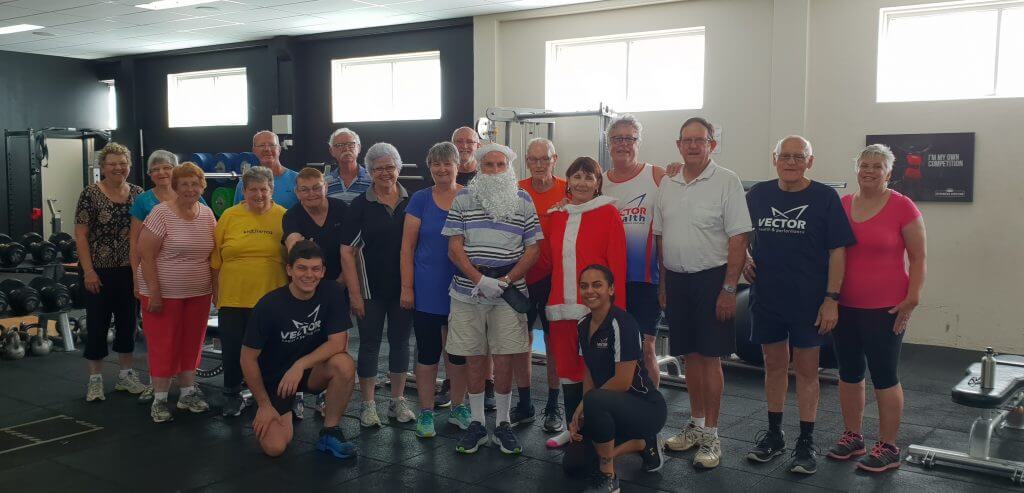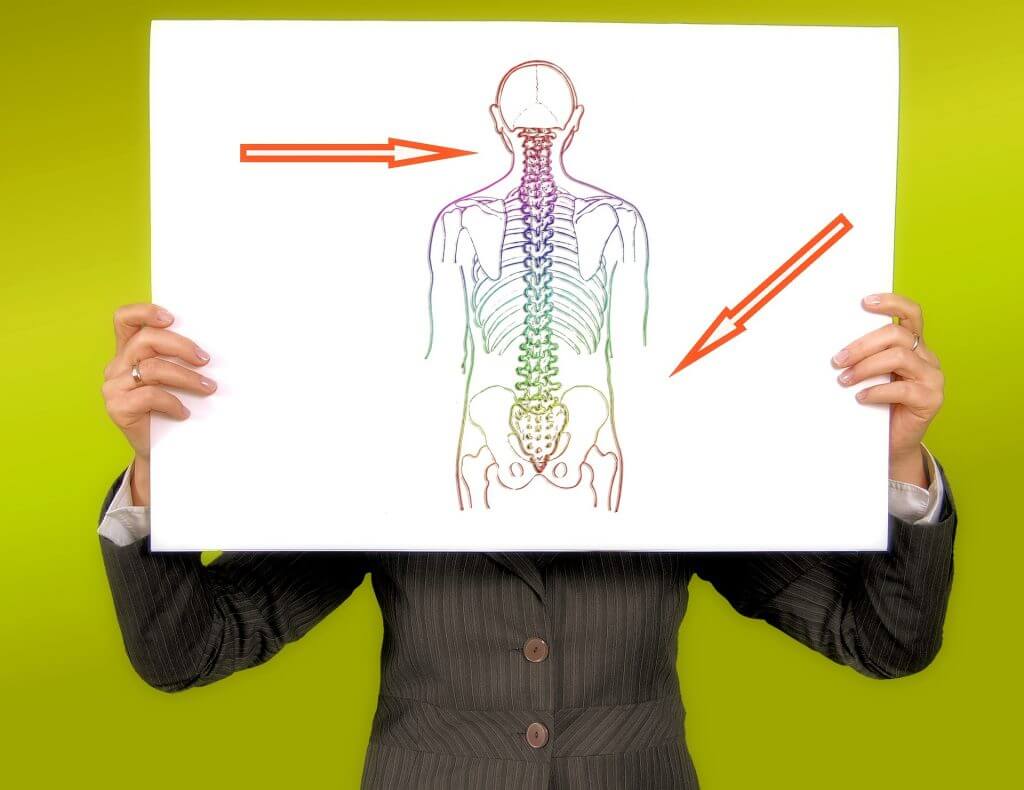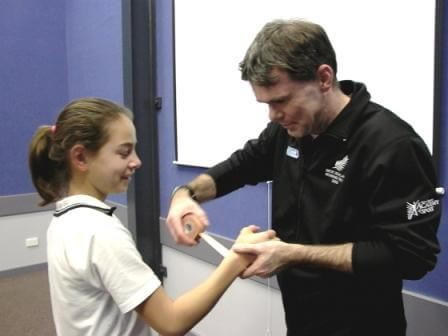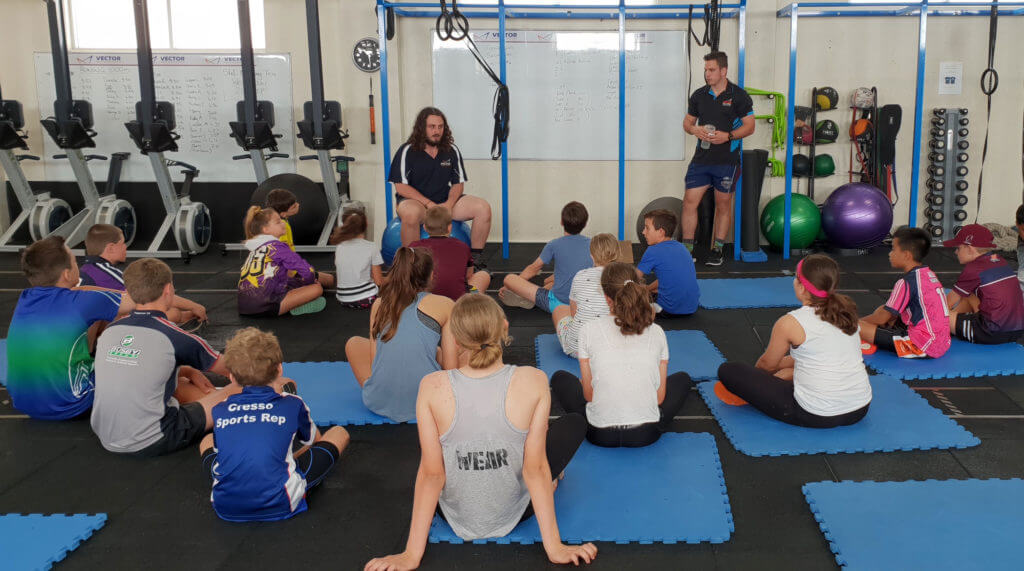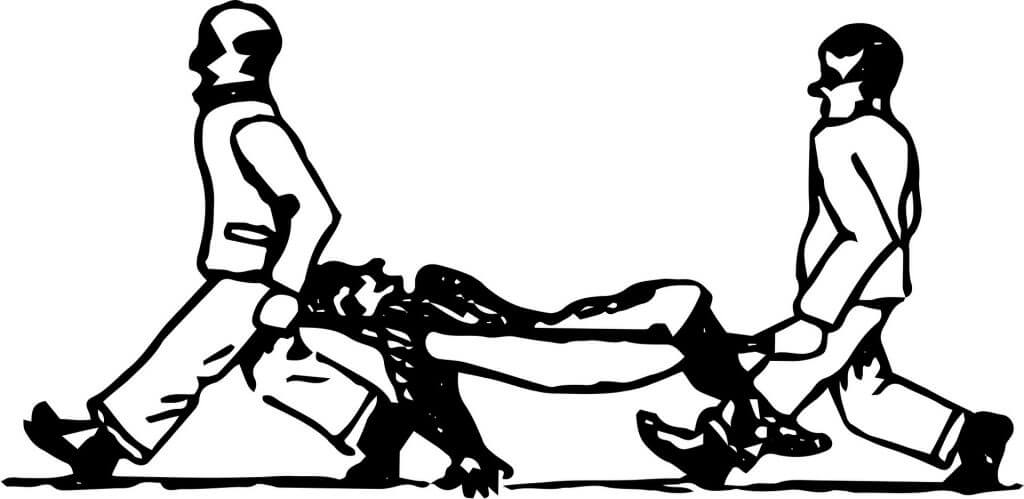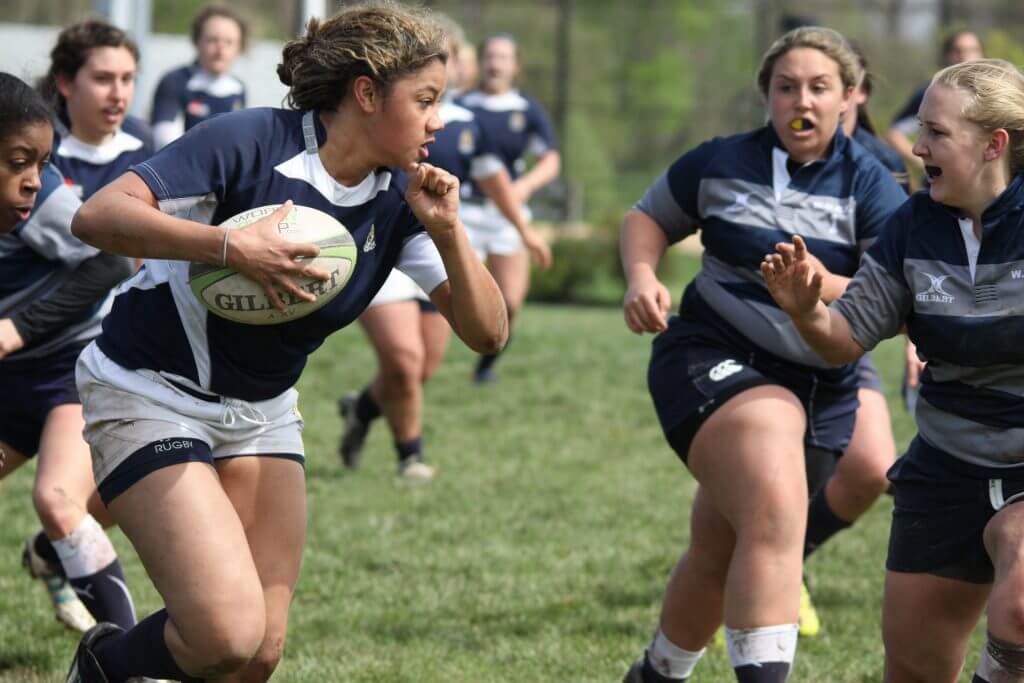Congratulations The Cathedral College Firsts Team…
All of us at Vector Health, especially Rachel Warcon (Sports Performance Coach), want to personally congratulate The Cathedral College Firsts Team on their outstanding campaign last week competing in The Confraternity Shield. We entered this campaign to prove a point, backing it up with strong defence, game after game. Presenting a team bond that is […]
Congratulations The Cathedral College Firsts Team… Learn More »



